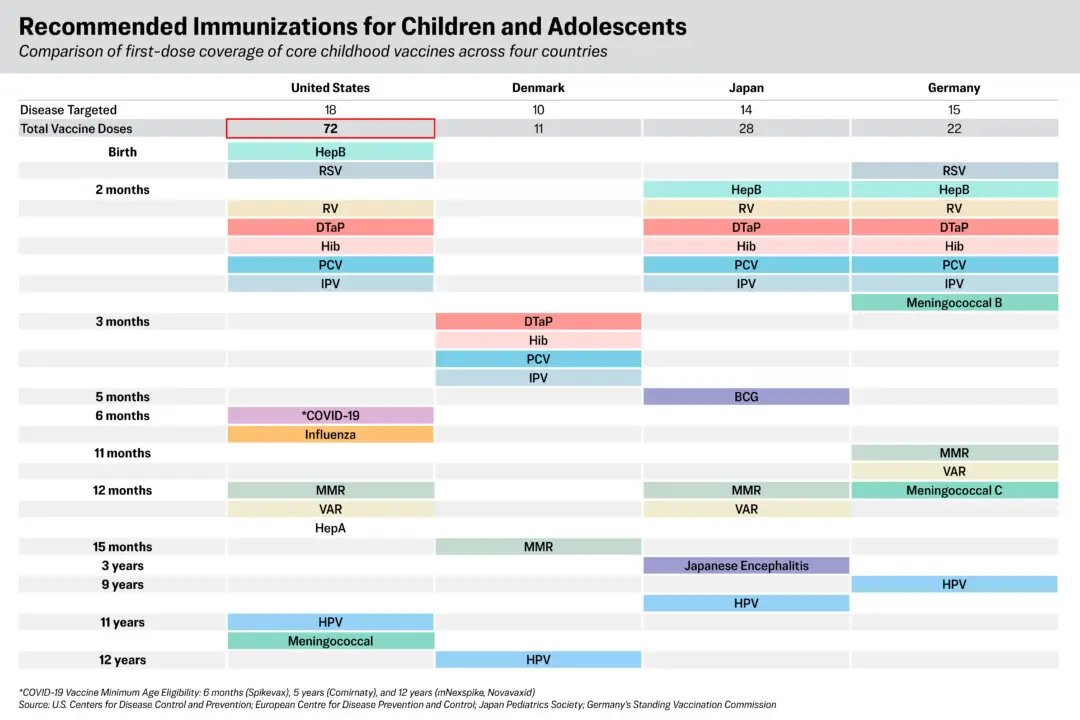About 1,000 troops who have been identified as having gender dysphoria are being discharged from the military, the Department of Defense said on May 8.
“Today, the Department will issue guidance to the Military Departments and Services ending the accession of individuals with a current diagnosis or history of, or symptoms consistent with, gender dysphoria and all non-medically necessary treatment,” Sean Parnell, a department spokesman, said in a statement.





